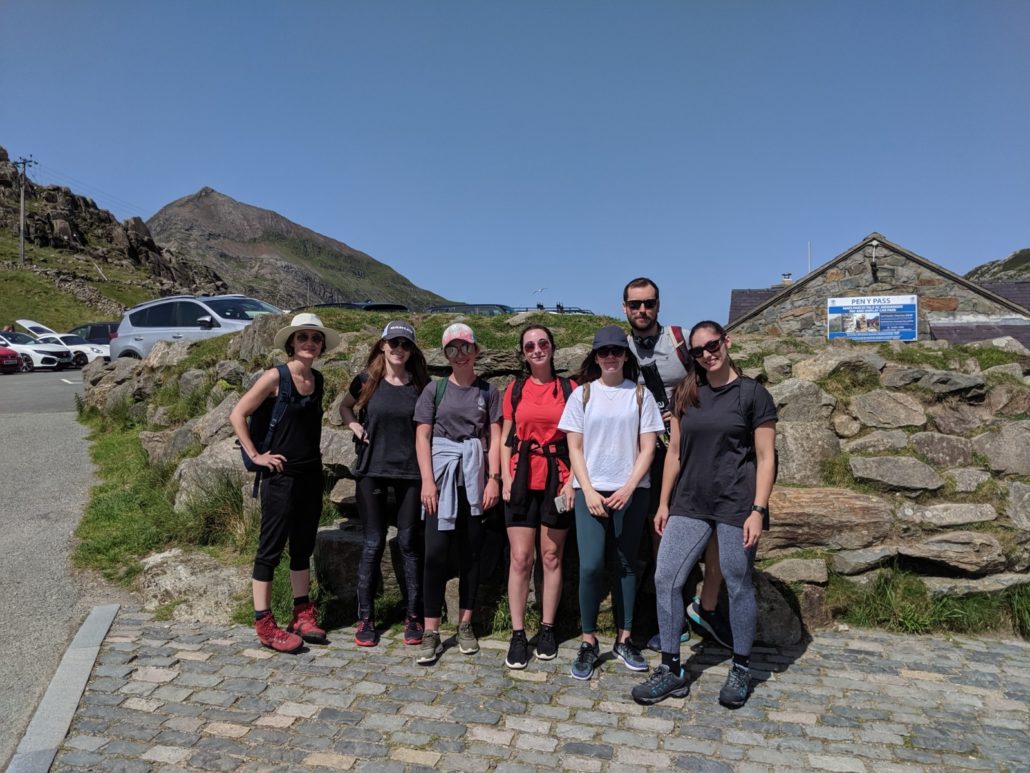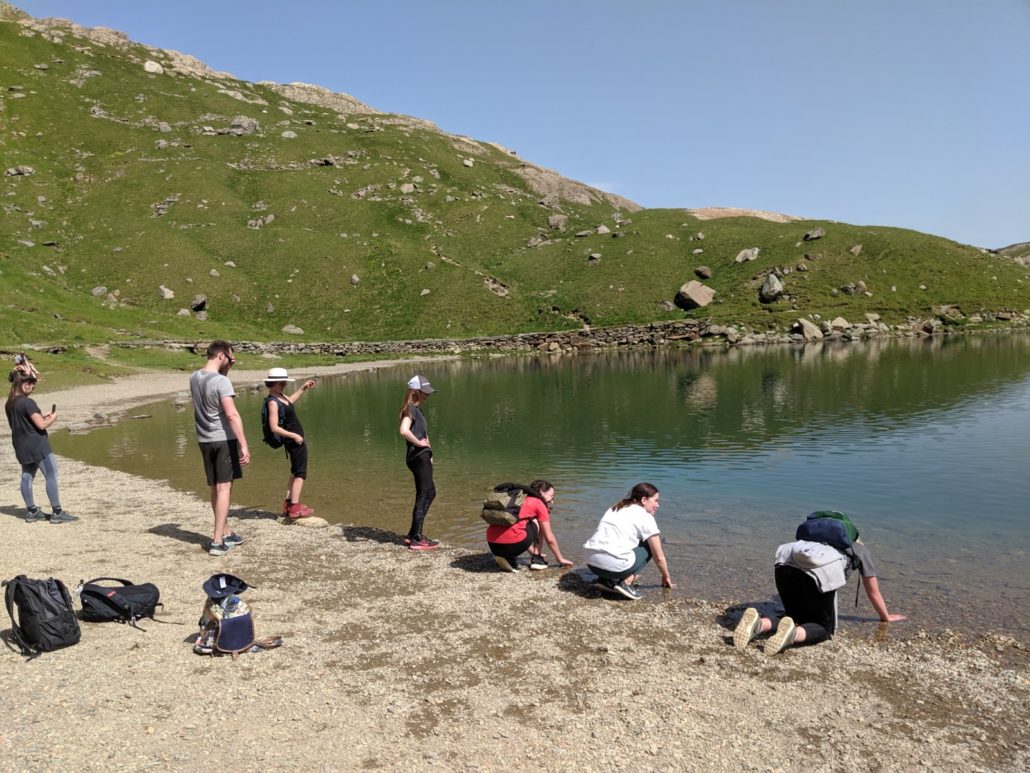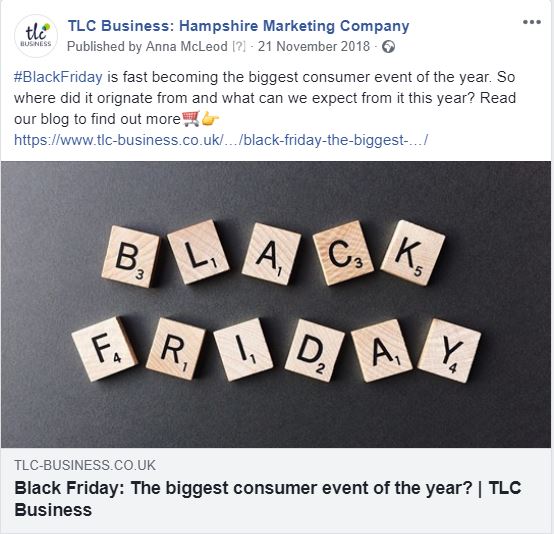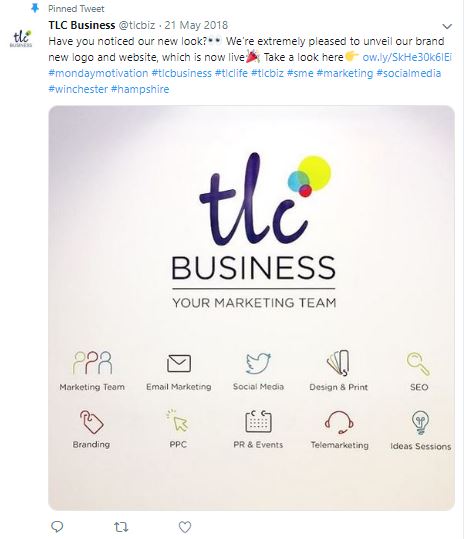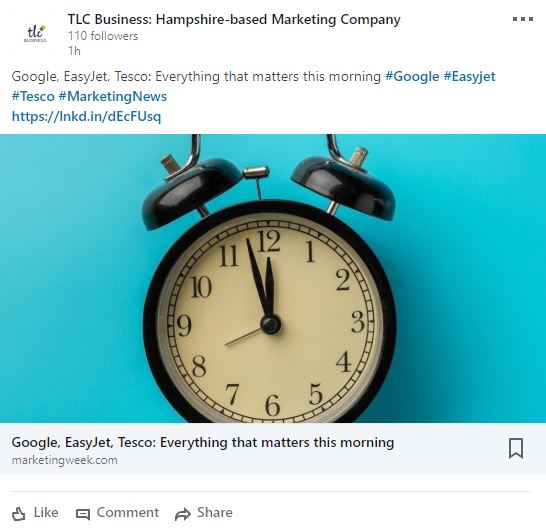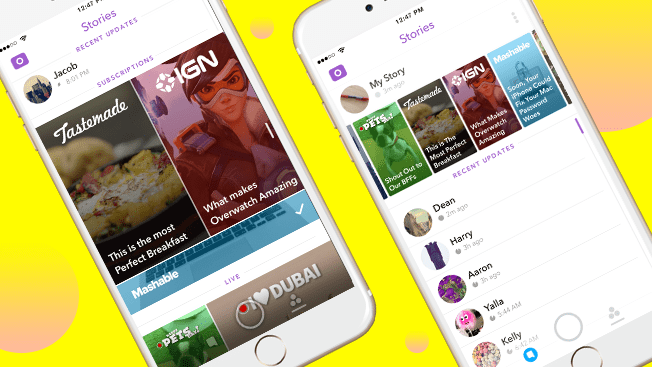Best Length For a Blog Post
Producing blogs is a great way to share expertise, drive traffic to your website and build engagement. If this sounds like something you want for your business, the next question people typically ask is, “what is the best length for a blog post?”
Getting the answer to this right is important because it has implications for SEO, engagement and more.
Before starting to write a blog, you must consider the collection factors that will influence how well your blog performs. Your audience, the structure of the post, the topic and the promotional channel are all elements that will determine the ‘perfect’ length for your blog.
You are probably now saying, “that is all great, but how many words should I write?” If so, let’s dive in deeper and determine what the best length for a blog post really is.
Is there a perfect length for a blog post?
You probably already knew this, but the truth is, the best length for a blog post completely varies depending on the content you are producing. Sounds like a cop out, right? But a word count does not define how meaningful (and effective) a piece of text is.
For example, if the topic is frequently asked about and searched for by many users online, a substantial (we’ll get on to what this actually looks like in a second) blog is ideal. Whereas, if it is a quick promotion of a service or a product you are advertising, it is best to keep it short and simple.
“Give us a number!” we hear you shout….
Blog word counts and what they are best for:
- 50-300 words: These are short and snappy posts that tend to get more of the comments. Shorter posts are great conversation starters. They are straight-forward, and although they might not get many shares online, they are easy to read and create on a regular basis. 50-300 words are most effective for selling a product or a service and getting a reader to take a specific ‘Call to Action’ (CTA) i.e. downloading an e-book or signing up to an email list.
- 300-600 words: These posts are the most common blogging length. They are still quick, easy to read and to the point. This length is a popular middle-ground for social media shares and engagement.
- 750 words: This length is typically used for professional journalism, especially for newsletters. The length is great for shares on social media.
- 1000-1600 words: This length is the most popular for blogging platforms and mostly used to address audience questions and solve someone’s problem. According to Medium, a collaborative writing platform, the ideal length for a blog is 1,600 words (or takes 7 minutes to read). A 1,600-word blog can be the perfect length as it gives the writer enough leeway to explain the chosen topic in detail, whilst also keeping the reader engaged. There is an opportunity to get lots of engagement on these posts and a high number of shares on social media. The most significant factor for this length is making sure the topic is interesting and solves a frequently experienced problem.
- 1,600-2,500 words: The highest-ranking articles on Google are typically around this length. These posts can rank well on search engines. They help a website’s SEO by increasing the time spent on page. They can also encourage a new reader to join your mailing list to receive future insightful content. If the chosen topic is interesting to your audience and addresses a topic that readers are continuously searching around, the blog has a good shot at being a hit.
What is more important that blog length?
Relevance to your audience! It is irrelevant how many words your blog is, if it doesn’t address a relevant issue or topic to your target audience. We could write the most wonderfully researched 2,500 word blog on cultivating roses in a small garden, but if we are looking to engage with and build an audience of small business owners, the blog just won’t cut it.
So, what is the best length for your next blog post?
Well that depends on what outcome you are trying to achieve. Shorter content (at least 300 words) is the ideal blog post length if you are looking to create regular content on a wide range of topics that encourages visitors to take some form of call to action. It also makes it more practical to create on a regular and consistent basis.
Whereas, if you want to create a piece of content that will significantly improve your SEO and position you as an expert on that particular topic, you should consider devoting additional time to creating quality, long-form content of 1,600+ words. Less frequent posts, with deeper, more detailed content, can help you win at the SEO game.
All that being said, whilst we understand that having a word count target can be helpful, the bottom-line is, write what you are passionate about. Don’t focus on the length of your posts too much. It is better to produce high quality text with fewer words, rather than ‘rambling’ on for the sake of a higher word count. And with that in mind, I’ll shut up now!
To arrange a free virtual marketing ideas session with our friendly marketing team, call 01962 600 147 or email info@tlc-business.co.uk



